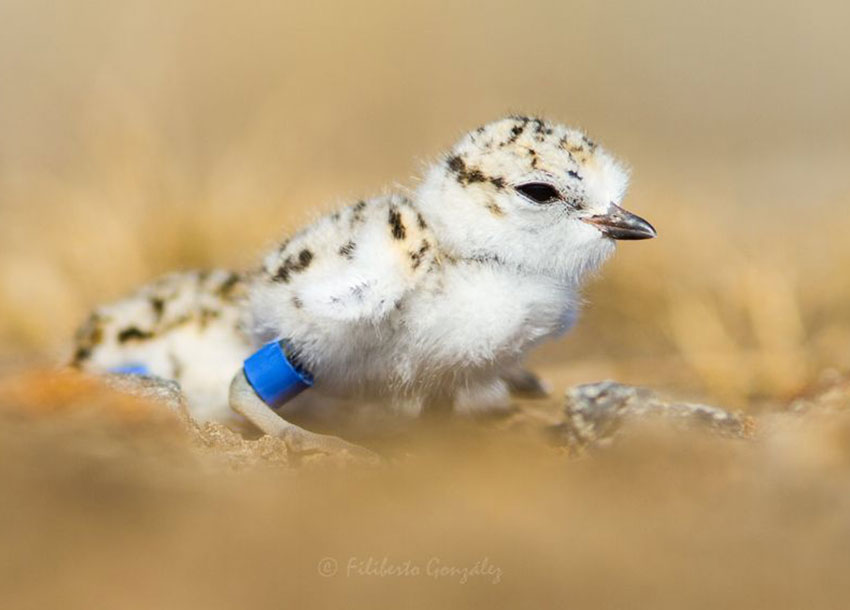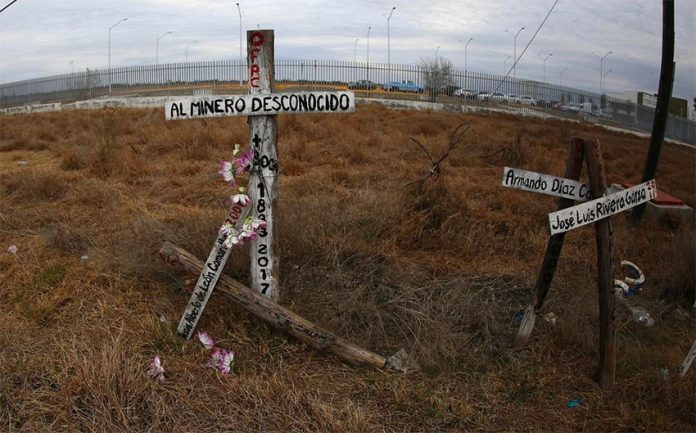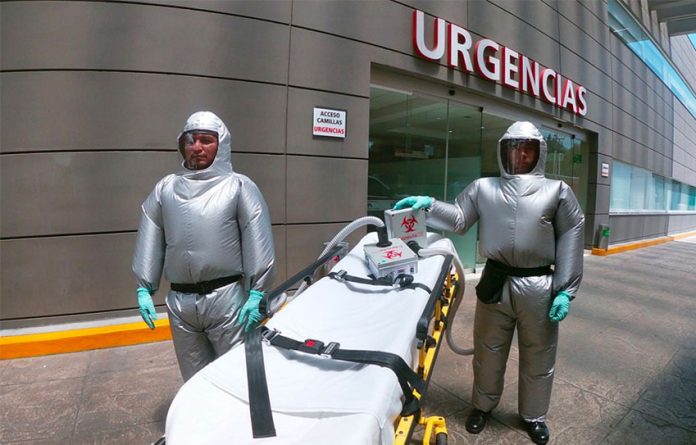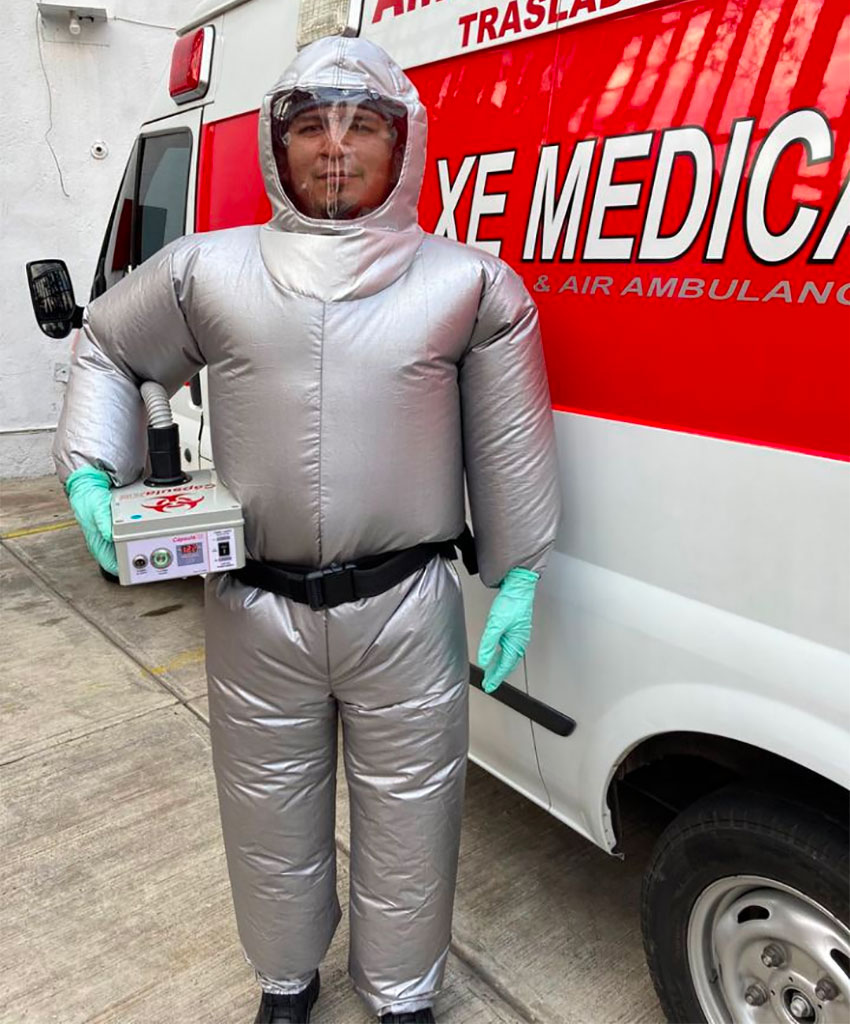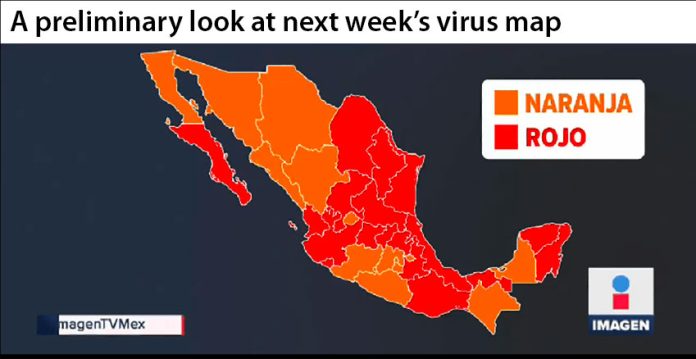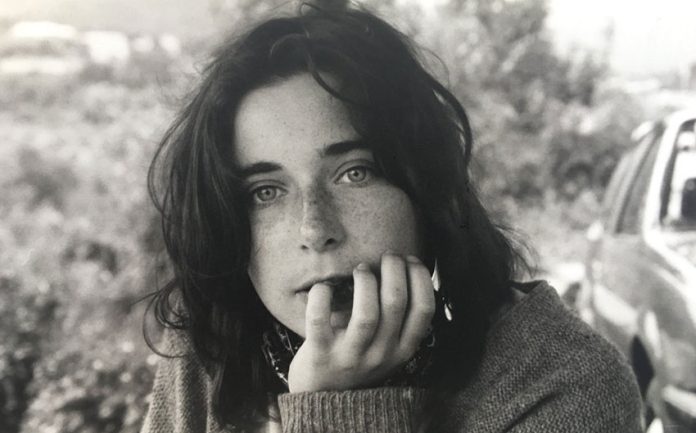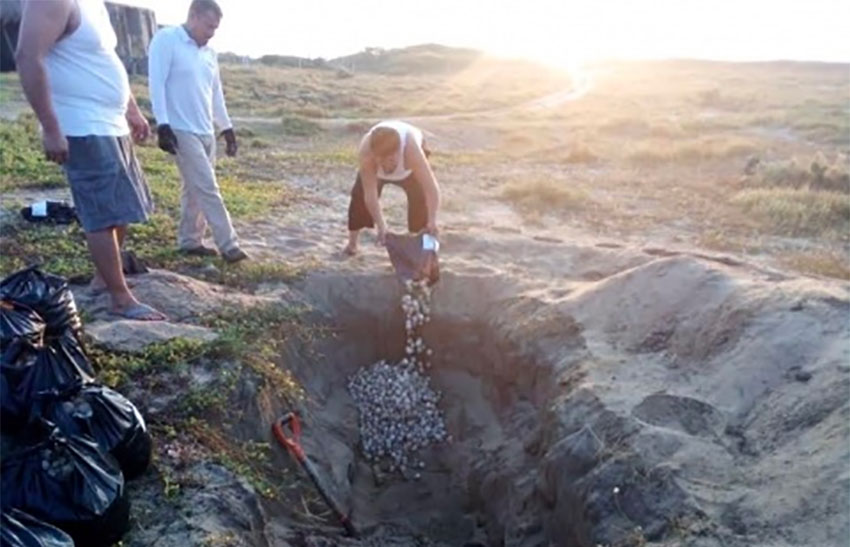Baja California Sur (BCS) may have to shut down again as it was back in the red on a draft version Thursday of the national coronavirus map, meaning the state has returned to maximum risk.
Should BCS shut down again, hotels and restaurants would have to close once more, as well as nonessential businesses.
Governor Carlos Mendoza Davis has repeatedly warned that the state could go back under lockdown if the increase in cases did not stop.
Meanwhile, in Mulegé city hall has been shut down for 10 working days as the municipal government has sent workers home to quarantine due to the coronavirus. The confinement will take the place of their regular summer vacation, BCS Noticias reports.
With the rainy season on its way, Civil Protection in BCS is readying a series of hurricane shelters to be used during summer storms for people with the coronavirus.
“There will be a new model of care for temporary shelters in the framework of the coronavirus pandemic for the hurricane season; they will be school classrooms that have all the infrastructure and medical structure to combat Covid-19,” said Carlos Godínez, who added that the new shelters will “establish health safety protocols, especially to guarantee healthy distances and avoid infections during the time that families remain protected.”
Cabo San Lucas delegate Óscar Leggs Castro told BCS Noticias earlier this week that authorities should consider reopening bars because they employ more than 11,000 people in the city. Leggs argued that there are crowds of people everywhere and that since tourism has returned visitors need someplace to go.
As of Thursday, BCS had 2,709 confirmed cases of the coronavirus and had seen 110 deaths.
Water crisis in Loreto
A citizens group met with politicians this week to demand that they intervene in Loreto’s water shortage, which they say affects thousands of families, some of whom have been without water for nearly a week.
The shortage also affects water purification companies, who have had to put limits on the number of bottles being sold to each consumer because they have run out of water to purify.
The citizens said neither Loreto Mayor Arely Arce Peralta nor the municipal council has shown any interest in resolving the situation.
The Pueblo Mágico, or Magical Town, has been having difficulties fixing the pumping system that brings water to Loreto through the San Juan Londo aqueduct and officials have been trucking water in for residents, El Sudcaliforniano reported.
Sports in the time of coronavirus
The BCS state chess championships, which offer cash prizes, will be held online, the head of sports in the state, Jose Avila, announced on Wednesday. “Given the situation that currently prevails due to the coronavirus pandemic, it is a good strategy to promote online tournaments so that chess players from municipalities compete and prepare for future face-to-face tournaments at the national level.”
And while an online strategy may work for chess, it does not translate to fishing tournaments. Whereas the Bisbee’s East Cape Offshore fishing tournament is scheduled to go forward as planned on August 4, a tournament planned for Loreto in August has been canceled.
The state sportsfishing tournament, Copa Calisureños 2020, which drew a crowd of 1,800 people last year, will be rescheduled for 2021.
The Baja 1000 off-road race which normally takes place in November may also have to be postponed or canceled, BCS Noticias reports. The race, in which vehicles navigate most of the length of the peninsula, has been run every year since its founding in 1967 and is considered one of the most prestigious off-road races in the world.
And the national baseball championships, scheduled for October in La Paz, may also have to be canceled as sporting events are only permitted when the state is at the green level, indicating a low risk for transmission of the coronavirus.
Gyms in Baja California have, in theory, been allowed to reopen provided they have ample space outside and operate by appointment only. So far, Diario El Independiente reports that only one gym, Cabo Iron in Cabo San Lucas, has met the government’s requirements.
Free vasectomies are back
Free, no-scalpel vasectomies, a program that was put on pause at the beginning of the coronavirus pandemic, are back as of Friday, BCS Noticias announced. The coordinator of the state’s family planning program says that the surgeries will be performed by appointment only to avoid crowding.
Video captures the moment a car flew off a cliff and landed in the sea in San José del Cabo.
Things that fell
On Wednesday morning, a 500-kilo cow fell into a three-meter-deep cistern in La Paz and was unable to extricate itself, BCS Noticias reports. The fire department was called and after about an hour managed to hoist the cow out using a crane.
Also on Wednesday morning, public security cameras captured the moment when a white sedan careened through the barricade of a closed scenic overlook point by the highway in San José del Cabo and went straight off the cliff into the sea below.
The video, which is making the rounds on social media shows the car drive off the cliff then pans to the wreckage in the waves below. Amazingly the driver, a 20-year-old man who was wearing his seatbelt, was not seriously hurt.
Mexico News Daily



